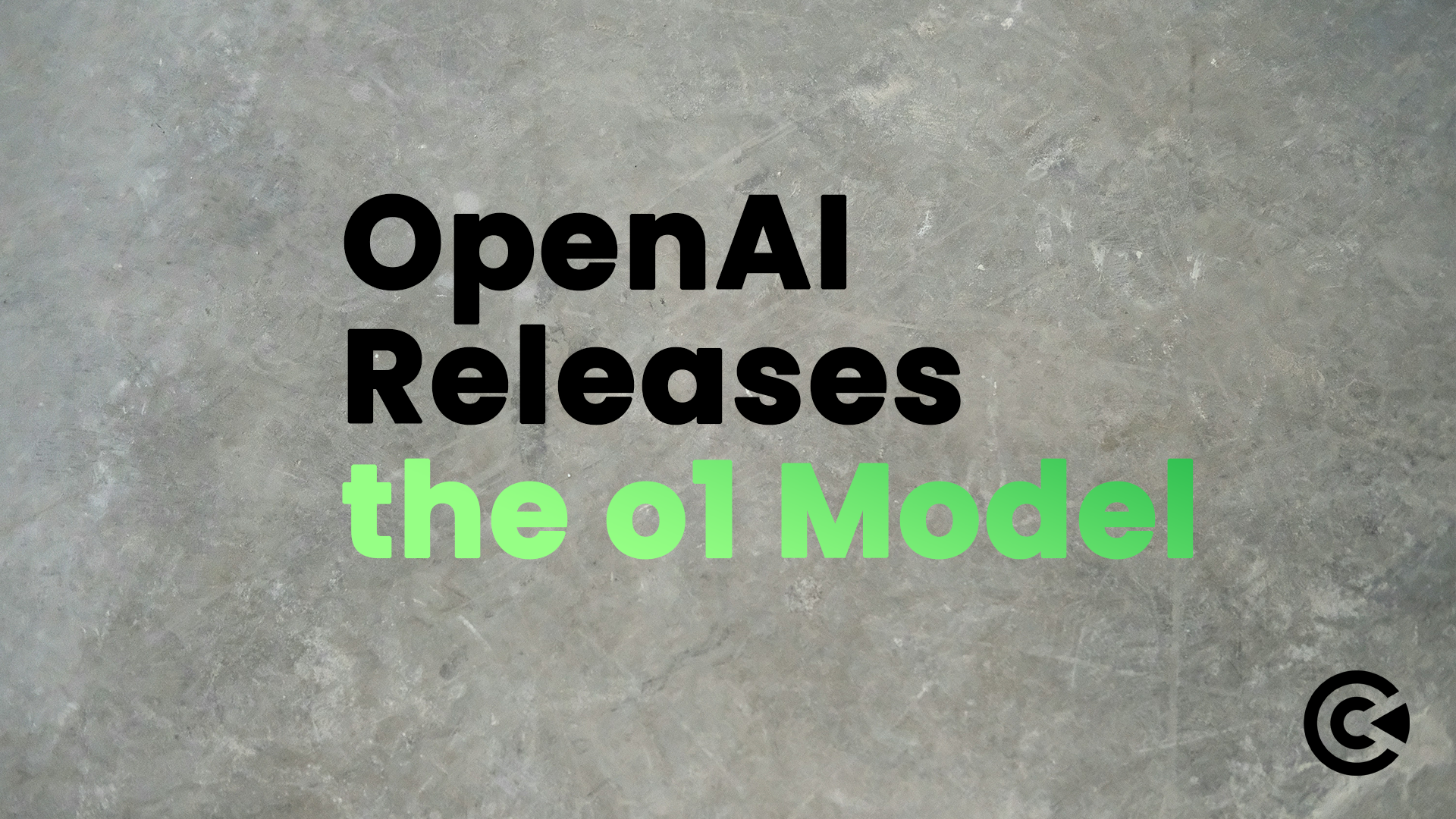OpenAI Releases the o1 Model – What to Know and What’s Next

We won’t waste your time trying to introduce ChatGPT or the company behind it, OpenAI. We all know! To say tools like Google’s Gemini and ChatGPT have made a massive impact on SEO (and technology in general) since its release would be a serious understatement. It seems that ChatGPT is used in one way or another in just about every market niche, and there are no signs that the AI tide will be turning around anytime soon. It seems like every time you turn around there’s a new AI tool in the spotlight.
ChatGPT has undeniably taken the world by storm, sparking endless conversations about its potential and the future of artificial intelligence. As SEO professionals, we’ve been closely monitoring the rapid advancements in AI technology, especially those that could significantly impact our field. One such development that has generated considerable buzz is the so-called “Strawberry” model.
Rumors about the Strawberry model have been circulating for some time, promising groundbreaking capabilities that could revolutionize SEO practices. With the recent release of the o1 Model, it seems that these rumors may have been accurate. This new AI model appears to possess many of the features that were anticipated, suggesting that we are entering a new era of AI-driven SEO.
Let’s delve deeper into the o1 Model and explore how its capabilities could reshape the SEO landscape.
The Basics of the o1 Release
First, a quick overview of what this release is and why it has gathered so much attention. The new o1 Model of ChatGPT brings in capabilities that did not exist in previous versions. Specifically, it uses a new optimization algorithm and training dataset that brings in reinforcement learning to solve problems.
Long-time ChatGPT users will already know that previous models have struggled with things like complex coding and math challenges. While even early models have been groundbreaking and capable of impressive feats, asking those models to code a solution to a particularly difficult problem hasn’t been a successful endeavor. The success rate of o1 on such problems has been significantly improved and it now shows strong potential for many academic and programming tasks.
Addressing the Hallucination Problem
Another issue that current ChatGPT users are familiar with is the matter of AI hallucinations within the model. This is when information is produced that is factually incorrect or completely irrelevant to the task at hand. Sometimes, this will even include false citations and other components that make the output seem authoritative – even though it is completely wrong.
Such hallucinations are relatively uncommon in the model, but they do occur. Further, they can be particularly damaging when they happen, depending on how the output of the model is used. Fortunately, the o1 Model release seems to have improved on this issue. Hallucinations are not entirely eliminated from the outputs of this version of ChatGPT, but they seem to be happening less, which will only promote further confidence in the tool moving forward.
A Matter of Cost
One of the incredible things about the ChatGPT tool is the affordable nature of what it can do for individuals and businesses. Many people use the free version, which is still tremendously powerful and can manage countless different tasks effectively. And, even if someone does opt for a paid tier, those prices are quite reasonable – the Plus tier costs just $20 per month. Given what the model is capable of, it’s hard to argue with the value that is being presented. For developers, the cost of the models is based on the use of input and output tokens, with the previous model – GPT-4o – being set at a price of $5 per 1 million input tokens, and $15 per 1 million output tokens.
Those prices are going up significantly with the release of o1. Developers will now have to pay $15 per million input tokens and $60 per million output tokens. That’s a tripling of the price on the input side and a quadrupling of the price on the output side. To be sure, plenty of developers will still find the tool to be more than worth it depending on their use cases, but this model is notably more expensive than previous versions. It will be up to each individual user to determine if the improvements of the model justify the jump in cost.
A Move Toward Reasoning
The major leap that is still in progress with regard to AI capabilities is the ability of the models to actively reason and make decisions. Current models – like GPT-4o – don’t actually make decisions so much as they use the massive volumes of training data that they have been provided to output answers that are appropriate based on the prompt. This capability has plenty of uses and has proved to be a powerful step forward in many applications, but it also has significant limitations. If the o1 Model is just one of many coming steps toward advanced reasoning capabilities, it’s hard to say where AI will be in just a few short years from now.
The Future is Wide Open
It is abundantly clear that we are still on the very leading edge of the AI revolution. Releases like the o1 Model are exciting opportunities to take a step closer to a future that will surely be full of powerful new technologies that not only impact the tech world, but the rest of the world at large. We’re excitedly tracking all of the aspects of AI that affect SEO, which has made our worlds so much more exciting.


